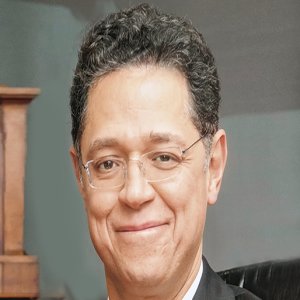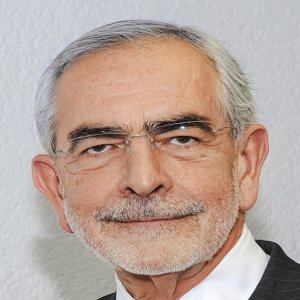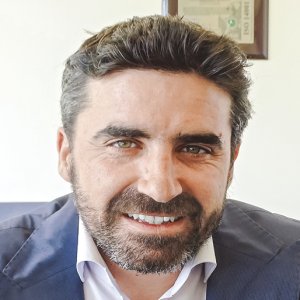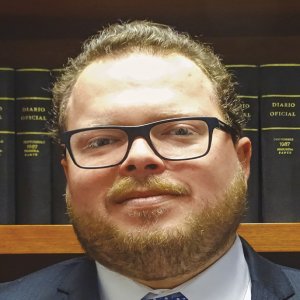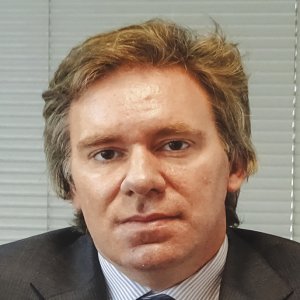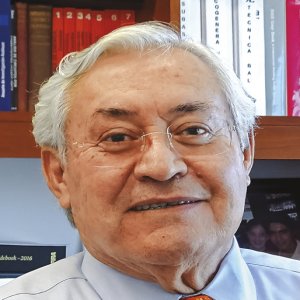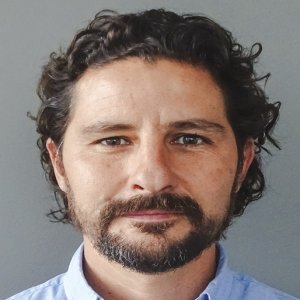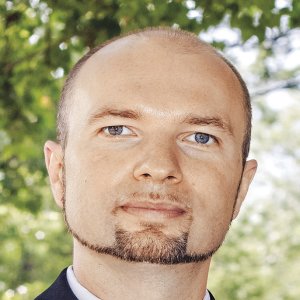Opportunity Between a Rock and a Hard Place

Opportunity Between a Rock and a Hard Place

STORY INLINE POST
Q: Given the slow growth of solar in Mexico, which opportunities have you identified for expansion?
MK: Mexico is unique because it contains the ideal conditions for the implementation of our technology, such as rocky soil, corrosive soil, dust and high winds, especially in coastal areas. Our system is designed with these terrains in mind so we have located opportunities in the northern parts of the country along the border with the US and in Guadalajara, among others. Contrary to other solutions, we operate well in harsh environments such as those prevalent in Mexico. The real value proposition lies in two aspects: extended life for the solar installations and cleaning services to generate more energy. A company can spend 20 percent more on a tracker to add capacity to its system but if the tracker accumulates dust this value is limited, potentially reducing a 320-watt panel to the equivalent of 280 watts. Our SPOT cleaning robot addresses this. With solar there is no outlay for fuel and the technology requires almost 100 percent upfront infrastructure investment, meaning that extending the lifetime of a product can improve returns significantly. Harsh environments can corrode metal components and strong winds can damage the systems so Alion uses strong, corrosion-resistant concrete to cost-effectively extend the life of the system to 40 or 50 years, which could be an invaluable advancement for the industry.
JA: As solar develops, a considerable number of benefits are generated for the community but there also are concerns about the use of high-quality land, such as farmland, for solar. Examples of this can be seen in countries like the US and the UK wherein automatically the most easily developed land was used for solar installations, despite the fact this land could have been allocated to farms or commercial development. We believe that as a matter of public policy we should use otherwise unproductive land, such as brownfields and rocky sites, for solar farms. In turn, this will encourage the consolidation of the solar market.
Q: How will the company adjust its strategy to Mexico, compared to operations in the US and Japan?
MK: Partnerships are a key component to success in every country we enter. Alion looks for local companies with a deep history that may have experience and expertise in another industry. We contribute the technology to improve the economics of the work these companies carry out. With solar energy, the central element is partnerships because hard costs can be controlled, whereas without a strong local alliance, soft costs can spiral quickly. We already have identified several potential partnerships for expansion into Mexico. This is something we have been considering for three years while waiting for the market to really reach its potential. The company is looking for larger projects that can take a little longer to develop but we believe Mexico is a strong fit for our business strategy. Based on energy economics, we know that as the pricing evolves in the country the market could become lucrative. We make solar energy profitable and affordable for those installing the equipment and we have always worked with a model wherein the technology does not require any subsidy.
JA: Many have commented that Mexico seems like a slow-moving market but when comparing its pace and development with that of similar markets globally, it is clear the industry here is advancing rapidly and in a way that does not use artificially high Feed-in-Tariffs, which is better for the market in the long term.
Q: What is the expected demand for Alion’s three lines, AMS and ROVER technology complemented by SPOT automated maintenance services?
MK: Alion’s goal is to obtain long-term service contracts of 40 years or more because this is how our systems maximize value. Our core O&M business lies in service contracts and we work through EPC partners. In terms of migration to Mexico, ROVER assimilates more easily into countries like Japan with limited labor and high costs whereas in Mexico there is an abundance of affordable, quality talent. As a result, we can see more demand for manual installation of the AMS concrete track and supports and for SPOT cleaning technology in areas where harsh conditions makeit unconducive to using manpower. Our O&M robots not only clean, they maintain the equipment, spraying the panels with protective coatings to maximize energy and extend the life of the system. ROVER also is suited to toxic areas such as decommissioned mining sites and industrial locations and to places where there is a need to minimize human contamination. It is easy to remove our system at the end of its lifespan due to the use of shallow concrete, which can then be grinded and recycled.
JA: ROVER also is an affordable service for large-scale Mexican projects, especially remote ones. Even though some manual labor will be used, ROVER will reduce the required workforce and improve quality. Logistics is greatly simplified by the use of robots because rather than having to coordinate a workforce of perhaps 400 people, this process can be automated through the use of the ROVER system. Even if there is no great cost benefit in terms of cost per panel, the simplification of the logistics in itself will create a significant cost and quality advantage because risk is much easier to manage and speed is improved.
Q: What role does human capital play in the deployment of these technologies?
MK: We already have carried out accelerated life-testing on these robots and we can confirm they are durable. Unlike more complex robots that require spatial awareness, SPOT uses the concrete track as a predetermined path, meaning the technology is simple and robust and requires very little ongoing maintenance. In the event of a dust storm the operator simply needs to push a button on his or her smartphone without worrying about the logistics of scheduling a cleaning crew. The human capital in our operations will be focused on interpreting data. We see this as part of the natural evolution of the industry, much like the use of remote maintenance tools in the oil and gas sector, wherein we will generate continuous data to pinpoint problem locations within the system. Essentially, human capital will be used to interpret data, optimize efficiency and generate more energy. It is not an issue at the moment but if the industry sees more success in Mexico there could be labor shortage issues for installation and cleaning, similar to what happened in Southern California and Chile. Alion’s technology can eliminate these issues.
JA: Several large projects were under construction in the Atacama Desert in Chile and the labor situation became desperate as large staff numbers were required. Ultimately, the EPCs were forced to import staff from Bulgaria and other distant countries, which was clearly not costefficient or effective in the long term. Manual cleaning is labor-intensive. It can become prohibitively expensive even with low-cost labor and it is generally inconsistent. Another benefit of SPOT is that it uses less than one-third the amount of water normally required. This is significant especially for projects in the desert region where the resource is scarce, too expensive or allocated for domestic purposes. In many areas of the world water is becoming a more expensive commodity than gasoline.
